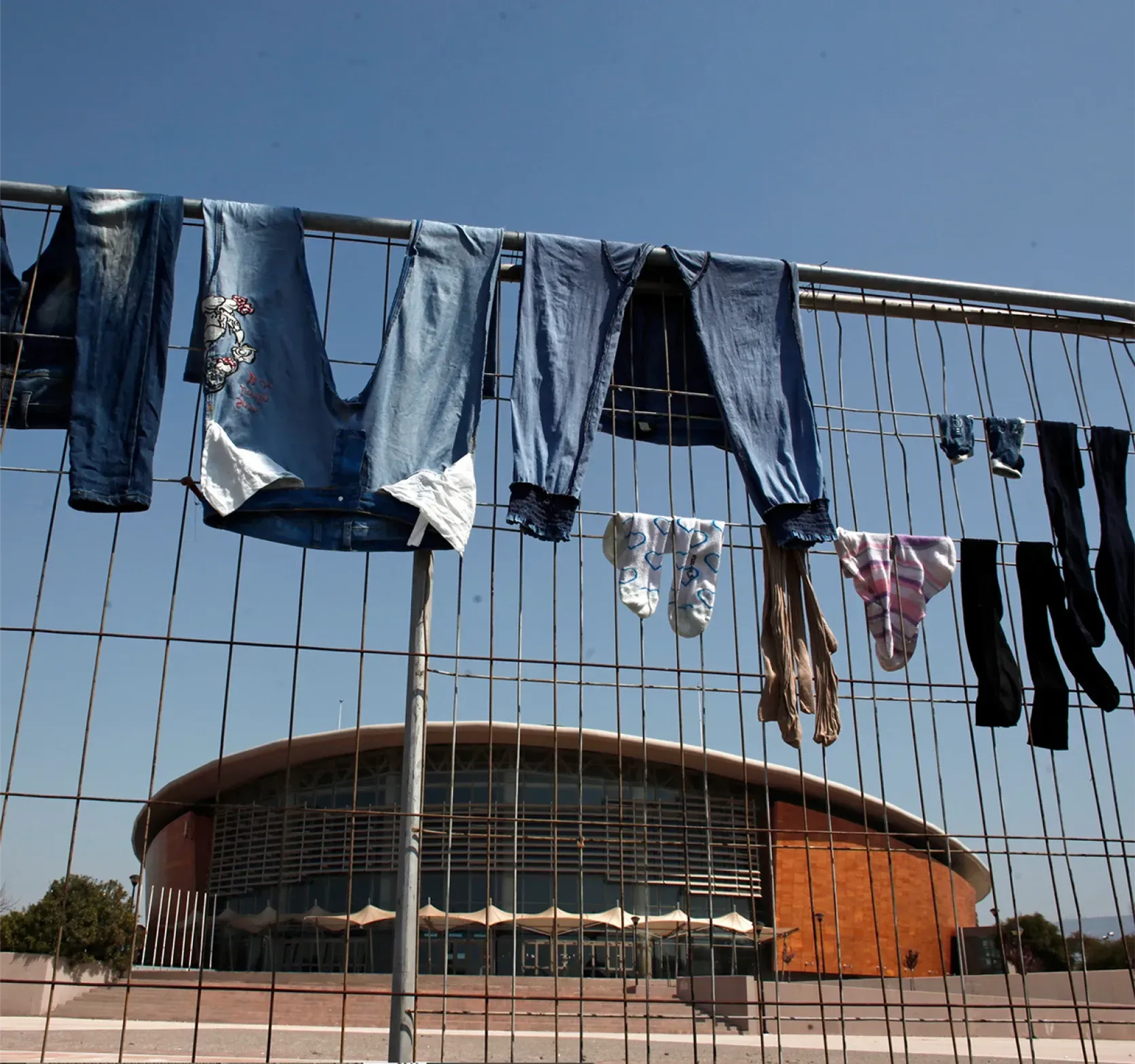How Governments Can Harness Private Equity’s Billions for Infrastructure Renewal
Read more
As LA 2028 Nears, Sky-High Spending on Olympic Infrastructure Is Out of Fashion
Ben Wylie | November 2025The way host cities approach the Games — and their impact on the urban environment — is changing
The LA Organizing Committee’s original budget for infrastructure was just$1.6bn at 2025 prices.
This figure includes a pair of futuristic arenas that have recently been constructed in the suburb of Inglewood.
An ambitious plan to spend$1bn on a new Athletes’ Villageon a downtown site, which would have served as a new residential neighborhood after the Games, was dropped after local politicians raised concerns.
While the sporting venues will be located across a number of the sprawling city’s neighborhoods,
However, the city will use the Olympics as a catalyst for its‘Twenty-Eight by ’28’initiative: a plan to accelerate 28 already budgeted investments in transport infrastructure by the time of the Games.
Total investment in permanent venues and related infrastructuretopped $10bn(at 2025 prices) at each edition of the Olympics between Athens 2004 and Tokyo 2020, according to data collated by Polish academic Adam Popek.
Spending on the Summer Olympics Over the Last 24 Years:







Source: Official report : ISRG Journal of Economics, Business & Management (ISRGJEBM) & Paris 2024 / Organising Committee for the Olympic and Paralympic Games Paris 2024
This spending has not always been well directed.




The poor condition of the Olympic districts of Athens and Rio de Janeiro within years of the Games taking place has been well documented.


But leaving the question of how well each host has harnessed this opportunity to one side, the awarding of the event has evidently made it easier for cities across the world to obtain funds to invest in the development of their built environments.

At Paris 2024, there were the first signs of a more measured and targeted approach. Official estimates of infrastructure and related spending currently sit at around $6bn. This is still a considerable sum, with much of it concentrated in the Seine-Saint-Denis département beyond the boundaries of the city centre — but it’s well short of the amounts spent in previous years.
With a focus on ‘optimizing existing infrastructure’ rather than engaging in extensive new development, it’s unclear whether the Games will ever again serve as an urban catalyst at such a scale.
On the topic ofInfrastructure
Exclusive News and Insights
Sign up to subscribe to the EQT newsletter.
Do You Want to Know More?
We are eager to explore how we can achieve great things together.



